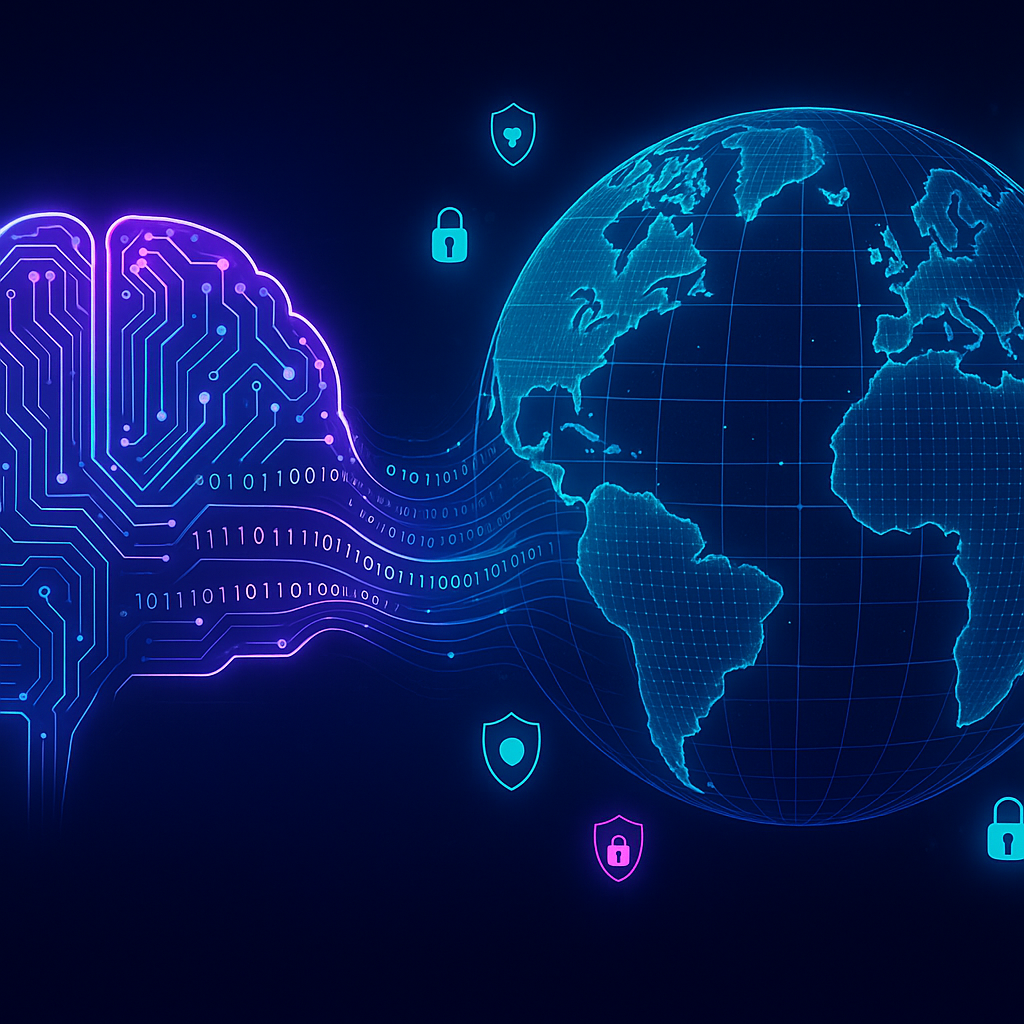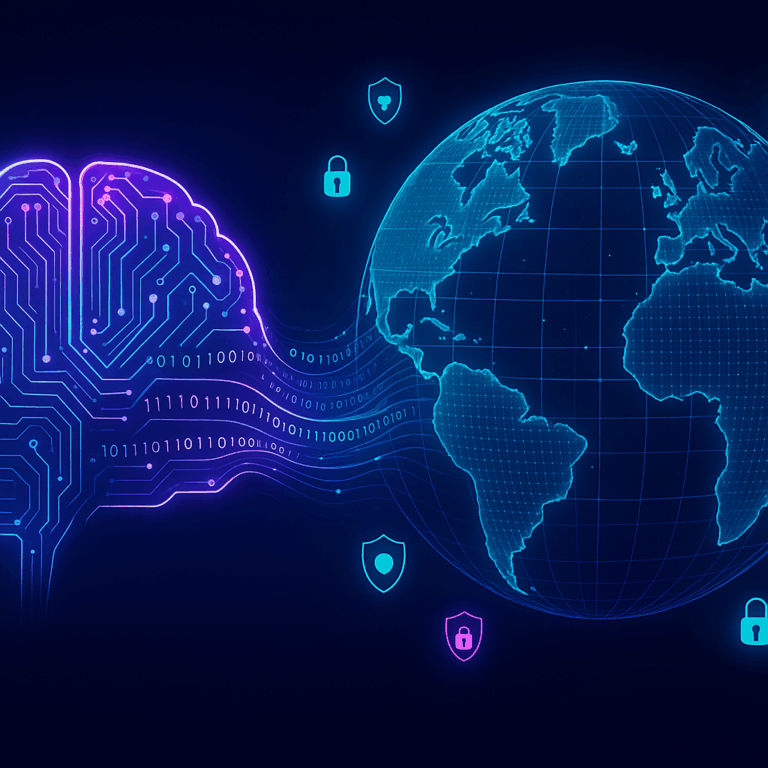Enhance Security Awareness with AI-Powered Training Solutions
In today’s rapidly evolving digital landscape, maintaining a robust security posture is more critical than ever. Cyber threats have become more sophisticated, leaving businesses in a constant battle to protect their digital assets. But here’s the silver lining – Artificial Intelligence (AI) is stepping in as a game-changer. With AI-powered training solutions, we can revolutionize security awareness and significantly mitigate risks!
The Cybersecurity Landscape: An Escalating Challenge
Cybersecurity threats are not just increasing in number, but also in complexity. Traditional strategies and solutions often fall short in detecting and combating these modern threats. That’s where AI comes into play. But before diving into how AI can enhance security awareness, let’s understand the current trends and challenges in cybersecurity.
Key Trends in Cybersecurity
Several key trends are shaping the cybersecurity landscape:
- Increased Sophistication of Attacks: Cyber attackers are leveraging advanced technologies and techniques to bypass traditional security measures.
- Proliferation of IoT Devices: The Internet of Things (IoT) introduces a myriad of entry points for potential cyber-attacks.
- Remote Work Vulnerabilities: The shift towards remote work creates new security vulnerabilities that need addressing.
- Regulatory Compliance: Organizations must navigate an increasingly complex regulatory environment, necessitating stronger security measures.
AI-Powered Security Awareness Training: A Game Changer
The integration of AI into security awareness training solutions addresses these challenges head-on. Here’s how AI makes a significant difference:
1. AI-Driven Threat Detection
Advanced Threat Detection: AI algorithms can analyze vast amounts of data to identify potential threats in real-time. These algorithms are trained using a multitude of cyber-attack scenarios and patterns, allowing them to detect anomalies with high precision.
For instance, AI systems can monitor network traffic and instantly flag suspicious activities. By comparing current patterns against historical data, AI can spot irregularities that may signify a threat, well before it escalates into a full-blown attack.
2. Machine Learning Algorithms for Anomaly Detection
Anomaly Detection: Machine learning, a subset of AI, excels at identifying anomalies. It learns from historical data to establish a baseline of normal behavior. When deviations from this norm occur, the system alerts security teams promptly.
This approach is especially effective in identifying insider threats. By continuously learning and adapting to new behaviors, machine learning algorithms can detect subtle signs of misuse or unauthorized access within an organization.
3. Network Security Protocols
AI enhances network security protocols by automating the continuous monitoring and updating processes. AI-driven solutions can:
- Continuously scan for vulnerabilities and apply patches proactively.
- Identify and mitigate Distributed Denial of Service (DDoS) attacks by analyzing traffic patterns.
- Optimize firewall rules and configurations based on real-time threat intelligence.
4. Data Protection Strategies
With the GDPR and other data privacy regulations in place, protecting sensitive information is non-negotiable. AI can bolster data protection strategies through:
- Encryption: Ensuring data is encrypted both in transit and at rest.
- Data Loss Prevention (DLP): AI systems can monitor and control the flow of sensitive data, preventing unauthorized access or transfer.
- Access Management: Using AI to enforce robust access controls and detect unauthorized access attempts.
Real-World Applications and Challenges
AI-powered security awareness training has already started transforming how organizations approach cybersecurity, but it’s not without its challenges. Let’s explore some real-world applications and the associated hurdles:
Real-World Applications
- Phishing Simulation and Training: AI-driven platforms can create realistic phishing simulations, helping employees recognize and avoid phishing attacks.
- Behavioral Analytics: Using AI to monitor user behavior for signs of security breaches. Such systems can adapt and improve based on new threat data continually.
Challenges
- Data Quality: AI systems rely on high-quality data to function correctly. Inaccurate or incomplete data can lead to false positives or missed threats.
- Privacy Concerns: Monitoring employee behavior raises privacy concerns. Organizations must strike a balance between security and privacy.
- Technical Expertise: Implementing and maintaining AI-driven solutions requires technical expertise that may be lacking in some organizations.
Future Implications and Actionable Insights
The future of AI in cybersecurity holds immense potential. As AI technology advances, it will become even more integral to combating sophisticated cyber threats. Here’s how organizations can stay ahead:
Actionable Insights
- Invest in AI-driven security training solutions to enhance employee awareness and reduce human error.
- Continuously update and train AI models using the latest threat intelligence data.
- Collaborate with AI and cybersecurity experts to develop and implement robust security strategies.
- Ensure compliance with data privacy regulations while leveraging AI for security monitoring.
By harnessing the power of AI, organizations can stay one step ahead of cyber threats and foster a culture of security awareness among their employees.
References:




